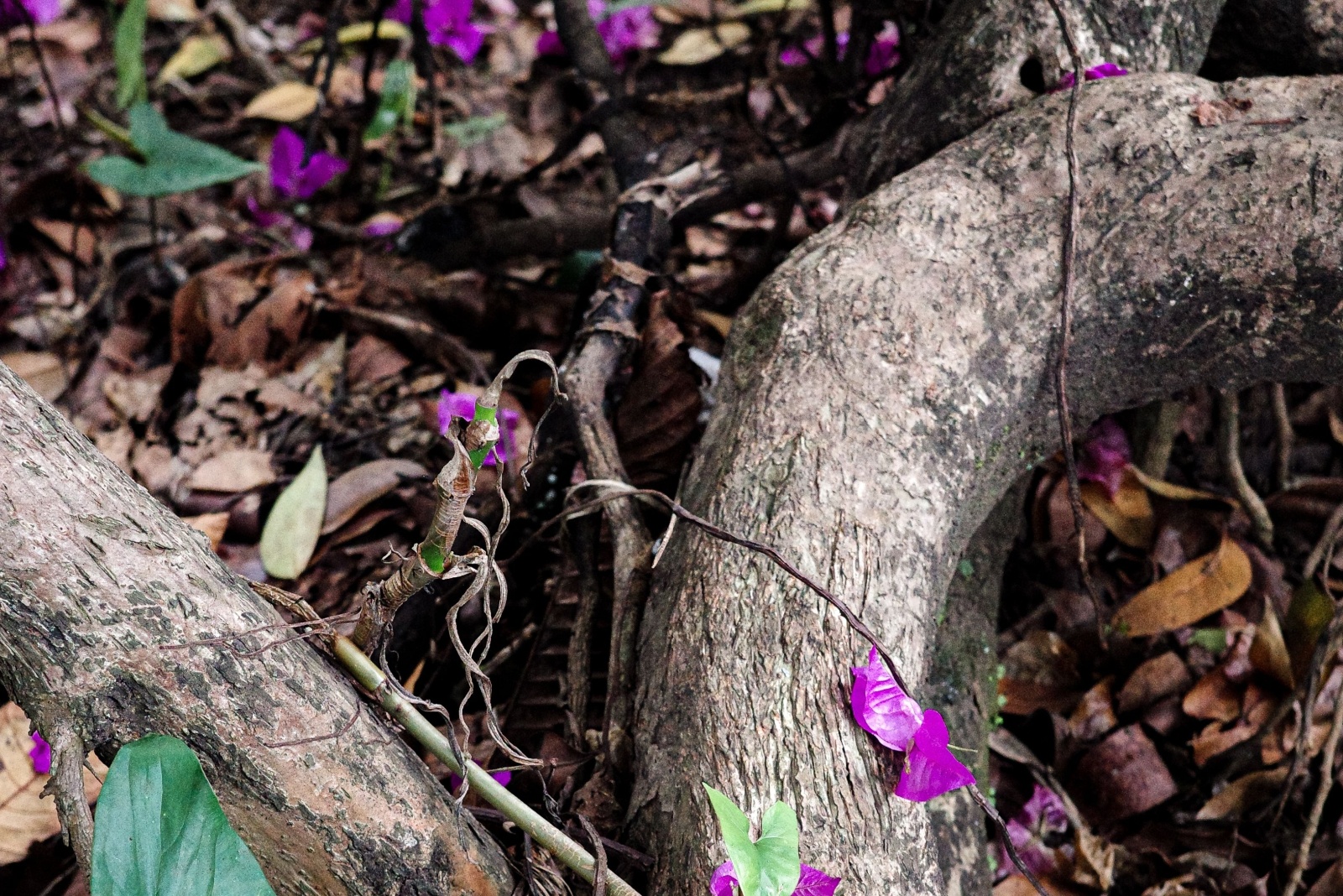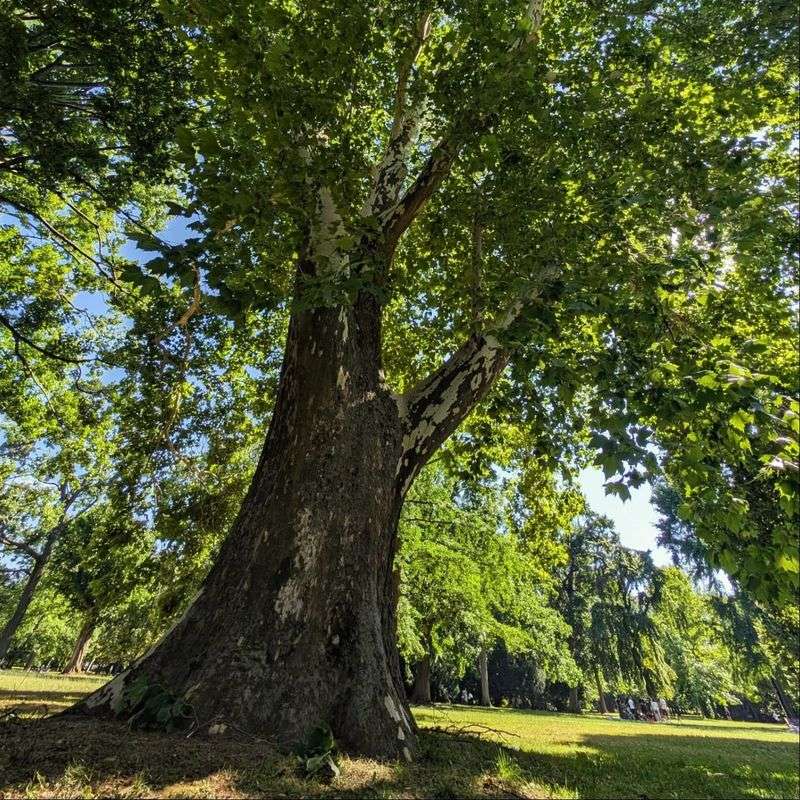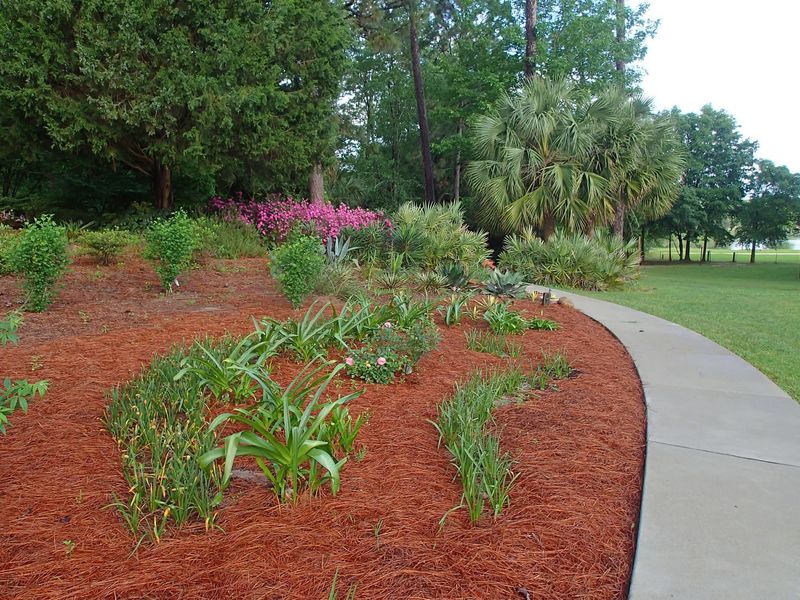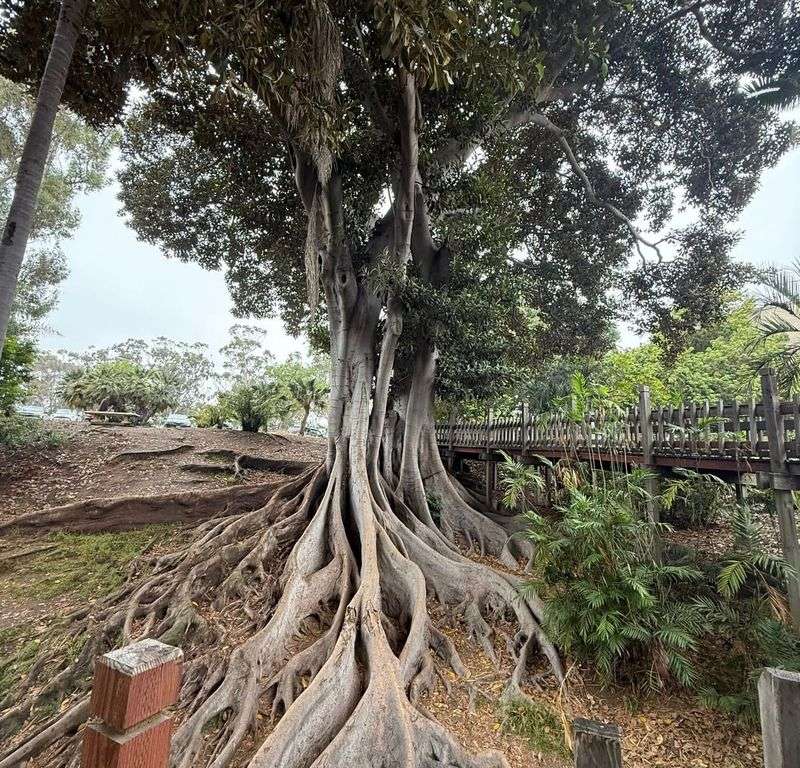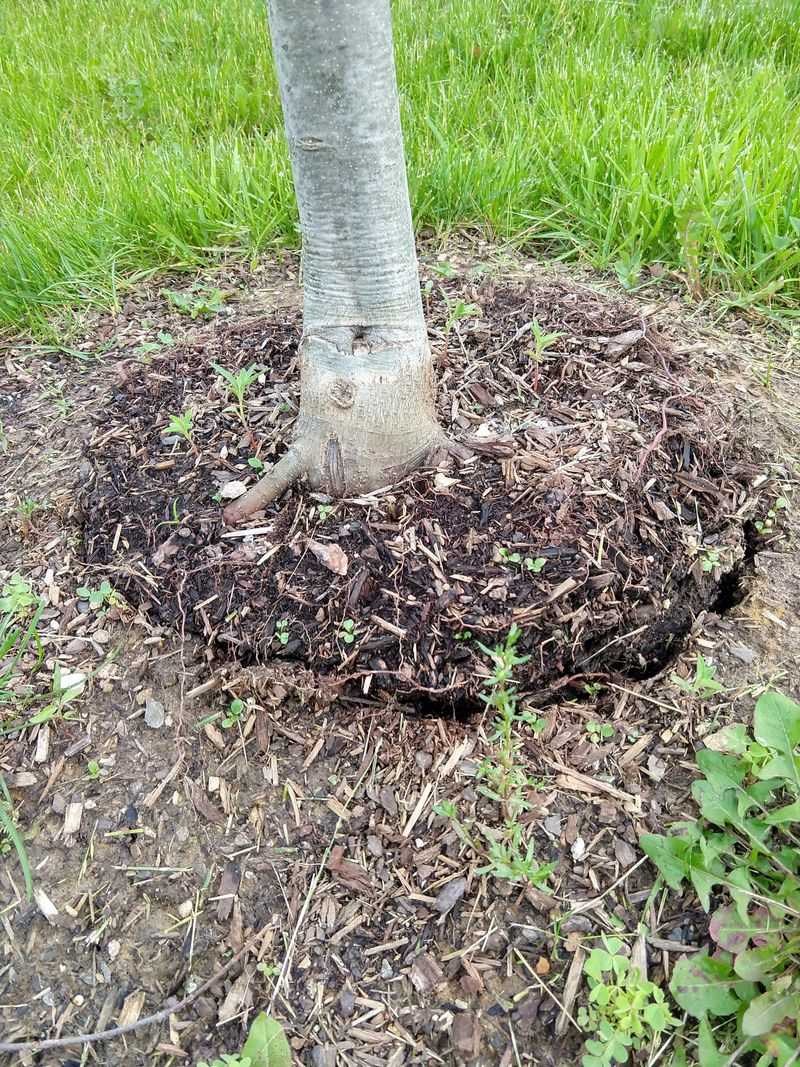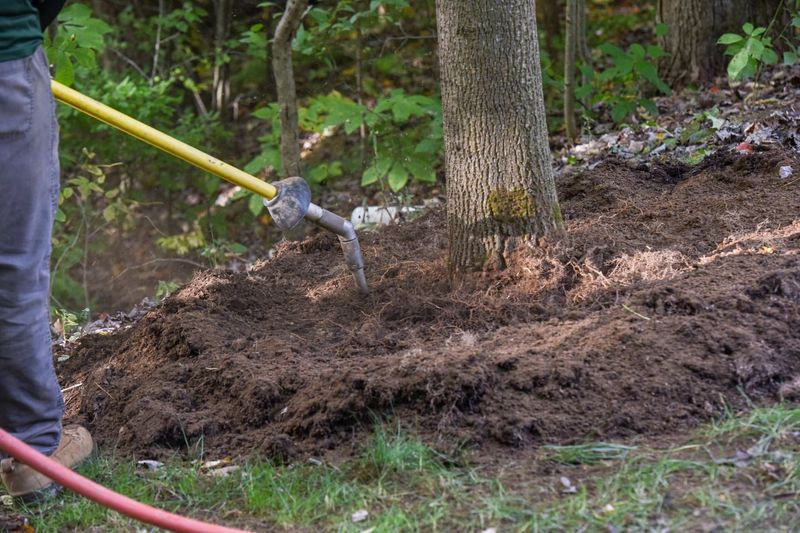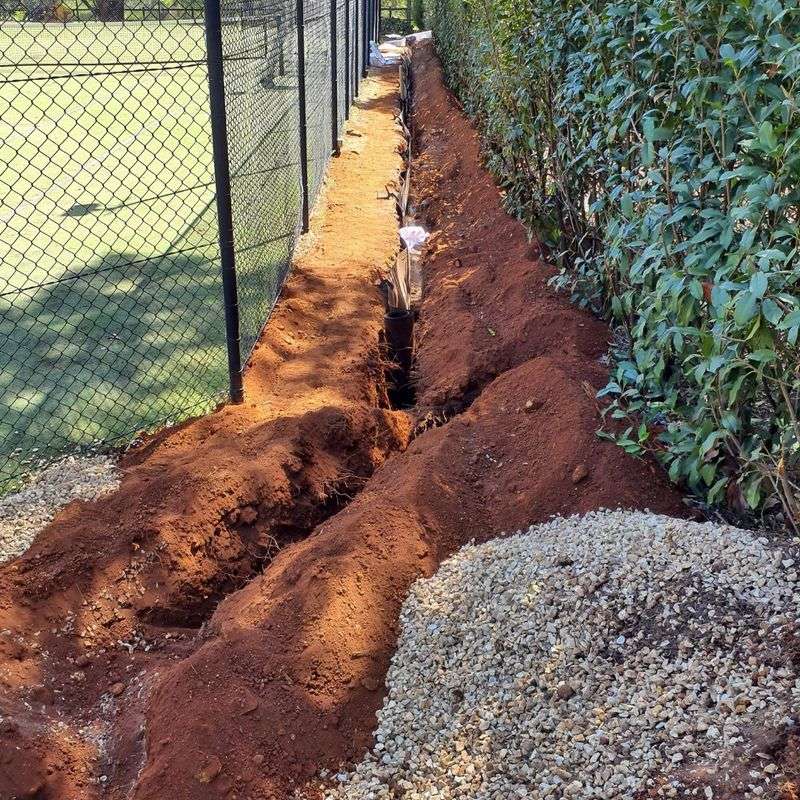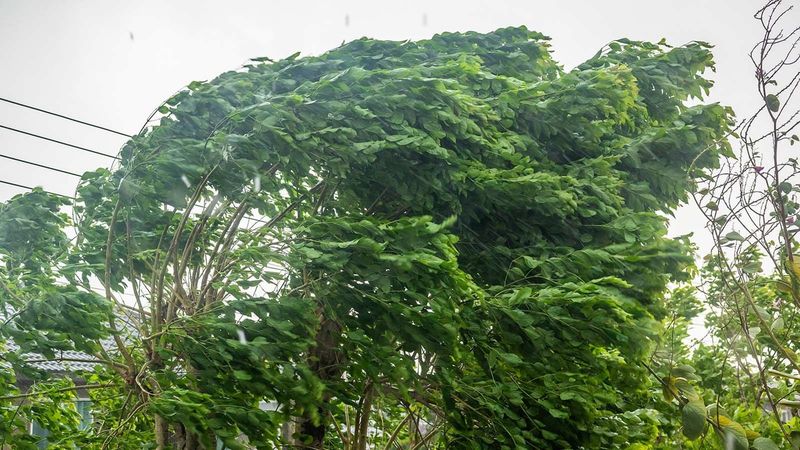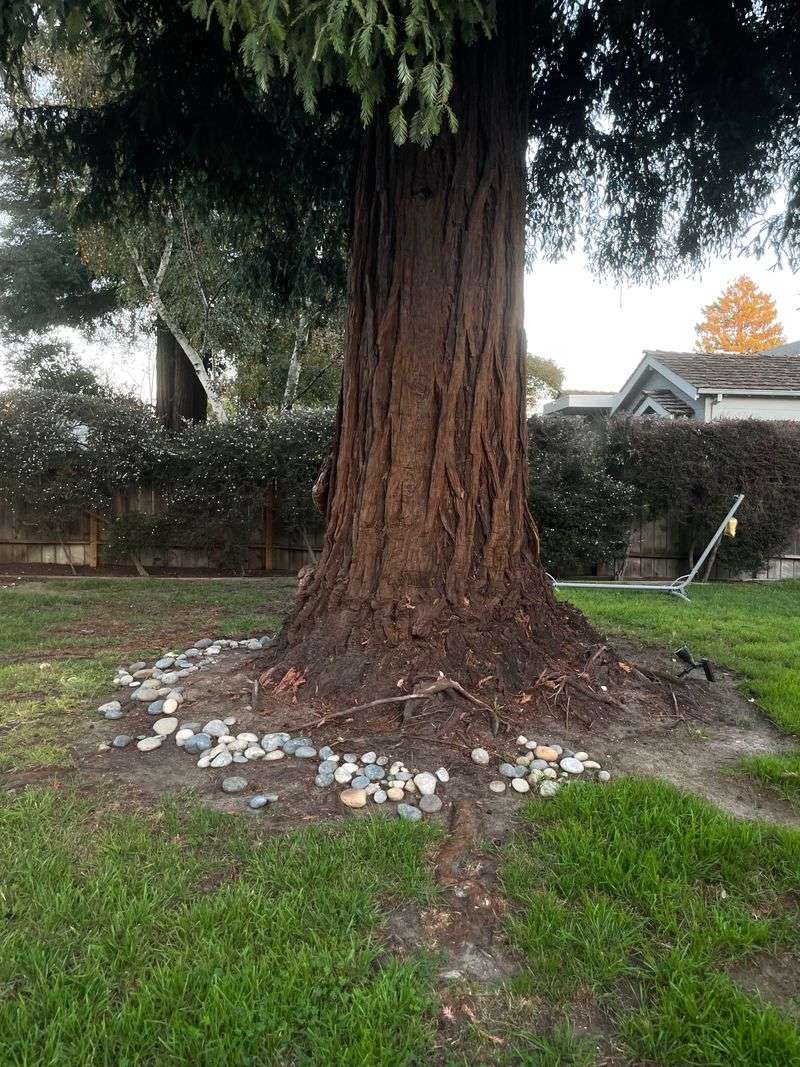Exposed tree roots might look messy in your North Carolina yard, but covering them up can cause serious harm to your trees. These surface roots perform vital functions that keep trees healthy and strong despite our state’s unique climate and soil conditions.
Understanding why you should leave these roots uncovered can help you make better landscaping decisions and protect our beautiful Carolina canopy.
1. Roots Need To Breathe
Tree roots require oxygen to survive, just like we need air to breathe. When you pile soil, mulch, or other materials over exposed roots, you’re essentially suffocating them by cutting off their oxygen supply.
North Carolina’s humid climate already creates challenging growing conditions. Adding extra covering makes it harder for roots to perform their essential functions. Without proper oxygen, roots will weaken and eventually die, putting the entire tree at risk.
2. Promotes Fungal Diseases
Covering roots creates a perfect environment for fungal growth. The dark, moist conditions under added soil or mulch become breeding grounds for harmful pathogens that attack tree roots.
Many North Carolina native trees have developed natural resistance to local fungi when roots remain exposed. Adding covering disrupts this balance. Once fungal diseases take hold, they can spread throughout the root system and eventually kill your tree.
3. Disturbs Natural Nutrient Cycling
Exposed roots have evolved to gather nutrients efficiently from leaf litter and organic matter that naturally falls on the forest floor. This natural cycle is crucial for tree health in North Carolina’s diverse ecosystems.
Adding covering materials disrupts how nutrients move between soil and tree. The roots become cut off from their natural food sources. Even worse, some covering materials like landscape fabric create barriers that prevent any nutrients from reaching the roots at all.
4. Increases Water Stress
Covering roots changes how water moves through the soil. Materials like decorative rocks or heavy mulch can prevent rainfall from reaching roots or cause water to pool in harmful ways.
During North Carolina’s hot summers, proper water absorption is critical. Covered roots often struggle to access adequate moisture. Paradoxically, in heavy rain seasons, covered roots might sit in too much water, leading to root rot and other moisture-related problems.
5. Changes Soil Temperature Regulation
Exposed roots help regulate soil temperature naturally. They’ve adapted to North Carolina’s fluctuating climate by growing partially above ground where they can respond to seasonal changes.
Adding covering materials disrupts this natural temperature regulation. Materials like dark mulch or stones absorb heat, potentially cooking roots in summer. During winter freezes, artificial coverings can prevent the natural insulation patterns that protect roots from extreme cold in our region.
6. Prevents Root Inspection
Visible roots allow homeowners and arborists to monitor tree health easily. When roots remain exposed, you can spot problems like cracks, decay, or pest infestations before they become serious.
North Carolina faces threats from invasive pests like the emerald ash borer that target tree roots. Covering roots hides early warning signs of trouble. By the time symptoms appear in the canopy, the damage underground may already be extensive and difficult to treat.
7. Causes Compensatory Root Growth
Trees respond to covered roots by growing new roots closer to the surface, seeking the oxygen and nutrients they need. These compensatory roots often grow in strange patterns, creating new problems.
In North Carolina’s clay-heavy soils, this abnormal root growth can be particularly damaging. The new roots may wrap around the trunk (girdling) or extend into unwanted areas like under foundations. This desperate search for resources weakens the tree’s overall structure and stability.
8. Weakens Storm Resistance
North Carolina regularly faces hurricanes and severe storms. Trees with healthy, exposed root systems are better anchored and more likely to survive high winds and flooding.
Covering roots weakens their structure over time. The compromised root system becomes less effective at holding the tree upright during storms. A weakened root system might not show obvious problems until a major weather event strikes, when it’s too late to save the tree.
9. Violates Tree Biology
Surface roots aren’t mistakes – they’re intentional adaptations. Trees native to North Carolina have evolved specific root structures suited to our unique growing conditions and soil types.
Covering roots essentially fights against millions of years of evolutionary biology. Different tree species have different rooting patterns. Oaks, maples, and pines common in our state often naturally develop surface roots as part of their survival strategy in our specific climate and soil conditions.
10. Damages Ecosystem Connections
Exposed roots create microhabitats for beneficial organisms that help trees thrive. Small creatures, fungi, and bacteria live among these roots, creating a mini-ecosystem that benefits the entire landscape.
North Carolina’s biodiversity depends on these connections. Covering roots disrupts the habitat of these helpful organisms. The mycorrhizal fungi that form critical partnerships with trees often live in the upper soil layers and surface roots, where covering would smother them and break these essential relationships.

